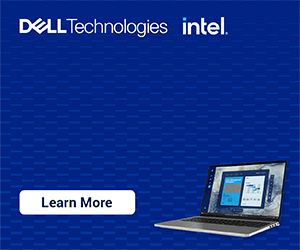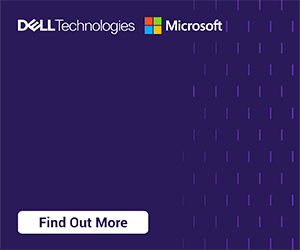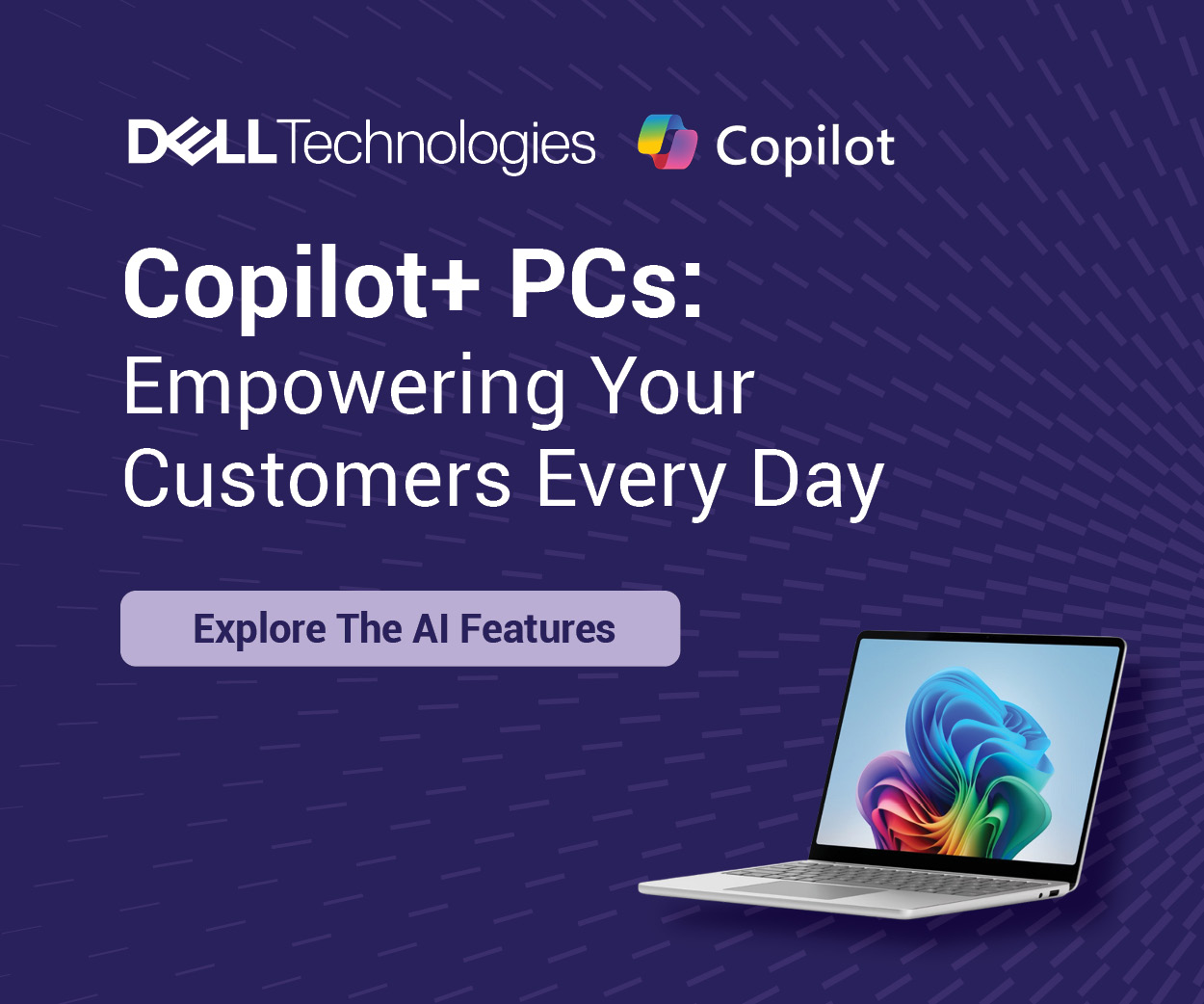Ponemon Institute recently released the results of a study exploring how organizations approach security innovation in an increasingly digital world to stay ahead of the evolving threat landscape. Key findings reveal that organizations value security product innovation, especially at the hardware level, when purchasing technologies and services.
Study Highlights
Ponemon Institute independently conducted a survey of 1,406 individuals in the United States, Europe, the Middle East, Africa, and Latin America who influence their organization’s information technology (IT) decision-making regarding investment in security technologies.
Key findings from the study, which was sponsored by Intel, include:
· 64% of respondents say their organizations are more likely to purchase technologies and services from technology providers that are leading edge with respect to innovation.
· The top areas of focus for security innovation within organizations today are security automation (41% of respondents), security at the silicon level (40% of respondents), cloud migration (40% of respondents), and education and training (38% of respondents).
· 53% percent of respondents say their organizations refreshed their security strategy because of the pandemic.
· Of the 36% of organizations using hardware-assisted security solutions, 85% say hardware- and/or firmware-based security is a high or very high priority in their organization. And 64% also say it is important for a vendor to offer both hardware- and software-assisted security capabilities.
Zero Trust and Transparency Trends
Key findings indicate that organizations are looking to integrate hardware-based security solutions into their Zero Trust strategies. Of the 36% of organizations using hardware-assisted security solutions, 32% of respondents have implemented a Zero Trust infrastructure strategy, and 75% of respondents expressed increased interest in Zero Trust models as the pandemic continues and the remote workforce grows. As organizations incorporate new security technologies, hardware-assisted security complements existing protocols and bolsters overall security hygiene.
Additionally, the rapid sophistication of the threat landscape requires organizations to be one step ahead of security updates, although challenges remain when it comes to managing vulnerabilities and patching updates. The study reveals that fewer than half of organizations have visibility into newly disclosed vulnerabilities and patches/updates (48% of respondents) and mainly prioritize security updates for the latest product generation (42% of respondents), when there are still many legacy devices in use around the world.
According to a Soffid, "Cybersecurity Trends for 2022” study, businesses are expected to spend $172 billion on increasing their cybersecurity commitments and enhancing measures to protect themselves. Organizations recognize hardware-assisted security capabilities are critical to a robust security strategy, with many searching out transparent technology providers to supply innovative security solutions. And adoption is growing; while the study found only 36% of respondents say their organization’s current cybersecurity protocols use hardware-assisted security solutions, 47% say these solutions will be adopted in the next six months (24%) or 12 months (23%).
As the security threat landscape continues to evolve and increasingly becomes more sophisticated and challenging for organizations to defend against, they are turning to trusted security advisors for help. This presents an excellent opportunity for transparent solution providers and technology advisors to capitalize upon.
Access the full study here.













